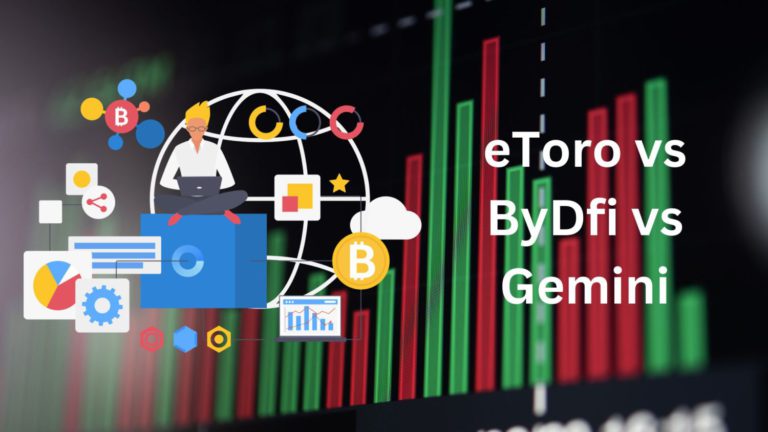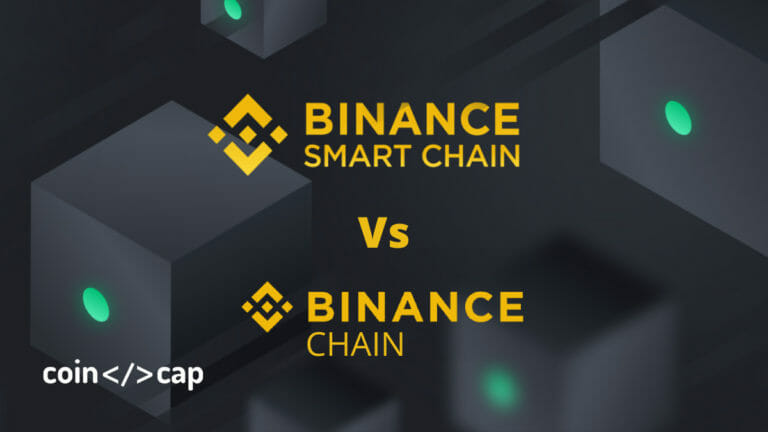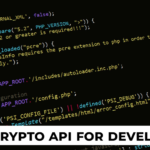Binance is one of the leading cryptocurrency exchanges in the world, offering a wide range of trading options and services for its users. One feature that makes Binance stand out is its support for layer 1 and layer 2 tokens.
But what are layer 1 and 2 tokens, and how do they differ? In this article, we will explain the basics of these concepts and give examples of popular layer 1 and layer 2 tokens on Binance.
Layer1 Tokens
Layer1 tokens are native to a particular blockchain network and can be used for fueling every service within it. Layer1 tokens are also known as base layer tokens or protocol tokens, as they represent the underlying infrastructure of the blockchain.
Some examples of layer1 tokens on Binance are:
- BNB: The native token of Binance Chain and Binance Smart Chain, which can be used for paying fees, staking, governance and accessing various DApps on the Binance ecosystem.
- ETH: The native token of Ethereum, which can be used for paying gas fees, interacting with smart contracts and supporting various DeFi and NFT projects on the Ethereum network.
- AVAX: The native token of Avalanche, which can be used for paying fees, staking, governance and accessing various DApps on the Avalanche network.
Layer1 tokens are usually more secure and decentralized than layer 2 tokens, as they rely on the consensus mechanism of the blockchain to validate transactions. However, layer1 tokens also face scalability challenges, as they have limited capacity to process transactions per second.
Layer 2 Tokens
Layer 2 tokens are built on top of a layer1 blockchain and rely on it to finalize transactions. Layer 2 tokens are also known as scaling solutions or second layer tokens, as they aim to improve the performance and efficiency of the blockchain.
Some examples of layer 2 tokens on Binance are:
- MATIC: The native token of Polygon, which can be used for paying fees, staking, governance and accessing various DApps on the Polygon network. Polygon is a layer 2 solution that connects sidechains and bridges with Ethereum and other blockchains.
- LRC: The native token of Loopring, which can be used for paying fees, staking, governance and accessing various DApps on the Loopring network. Loopring is a layer 2 solution that uses zk-rollups to enable fast and cheap transactions on Ethereum.
- ONE: The native token of Harmony, which can be used for paying fees, staking, governance and accessing various DApps on the Harmony network. Harmony is a layer 2 solution that uses sharding and cross-chain bridges to connect Ethereum and other blockchains.
Layer 2 tokens are usually more scalable and efficient than layer1 tokens, as they use various techniques to offload transactions from the main chain. However, layer 2 tokens also face security and compatibility issues, as they depend on the layer1 blockchain to secure their transactions and interact with other networks.
Layer 1 and Layer 2 tokens Conclusion
Layer 1 and layer 2 tokens are two types of cryptocurrencies that have different characteristics and use cases. Layer1 tokens are native to a blockchain network and provide security and decentralization. Layer 2 tokens are built on a blockchain network, providing scalability and efficiency.
Binance supports both types of layer 1 and layer 2 tokens and allows users to trade them easily and securely. If you want to buy some of these tokens, sign up for a Binance account today and start exploring the world of layer 1 and 2 tokens.
For on-demand analysis of any cryptocurrency, join our Telegram channel.









